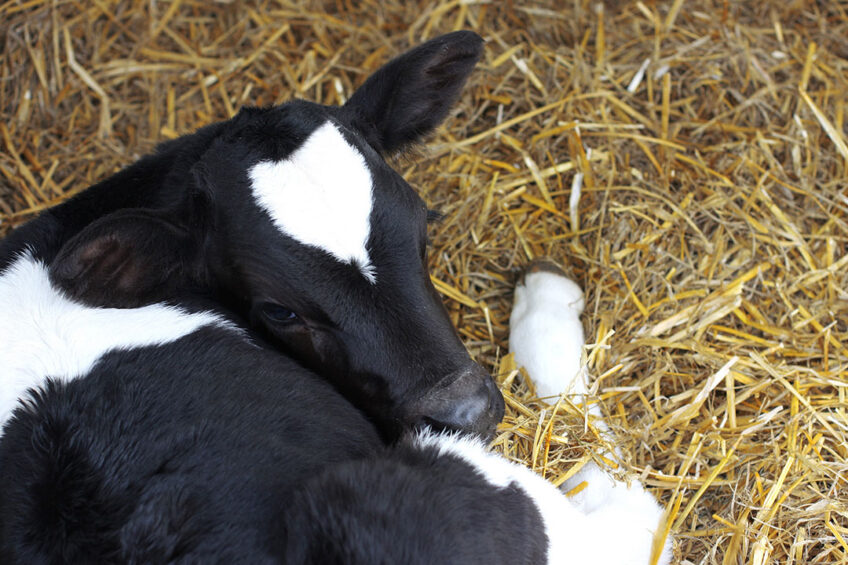Precision technology: determining respiratory disease

Scientists from the University of Kentucky used precision technologies to determine how daily behavioural patterns of pre-weaning dairy calves are associated with bovine respiratory disease, which affects the respiratory tract of dairy and beef calves.
Precision technology devices can measure and detect relative changes in an animal’s behaviour to possibly create alerts to intervene and administer treatments. However, according to the researchers, the association of relative changes in daily feeding and activity behaviours in calves with bovine respiratory disease status is still largely unexplored. Diagnosing bovine respiratory disease in calves is imperative to avoid a negative effect on calf productivity.
According to a US-based producer survey, bovine respiratory disease affects 12% of pre-weaning dairy calves (USDA, 2018 report). This survey also reported that bovine respiratory disease was a major contributor to calf mortality, responsible for around a quarter of calf deaths.
As most precision technology devices are often designed to monitor for and alarm when there are relative changes from a behavioural baseline of the animal, there remains a need to quantify the association of bovine respiratory disease status with relative changes in the behaviours of individual calves.
Use of pedometers and automated feeders
In this case-controlled study published in the Journal of Dairy Science, researchers determined which daily behavioural patterns (feeding and activity behaviours) of pre-weaning dairy calves (measured by precision technologies: pedometers and automated feeders) are associated with bovine respiratory disease, measured before diagnosis.
A pedometer tracked activity (lying time, lying bouts, total steps, and acceleration activity index) while the automated feeder recorded milk and calf starter intake, drinking speed, and feeder visits for both the bovine respiratory disease and the healthy calf groups.
Relative changes in daily behaviours were calculated using day 5 before diagnosis as the baseline for each calf for each behaviour. Linear mixed models are used to investigate the association of disease status with feeding behaviours, activity, and relative changes in calf behaviour over a 5-day period before diagnosis.
Feeding behaviours and activity levels
The researchers observed that nearly all behaviours assessed were associated with bovine respiratory disease status in calves. This study offers early evidence that behavioural changes measured by such precision technology devices (pedometers and automated feeders) may be associated with bovine respiratory disease status in calves.
They found that calves with bovine respiratory disease had reduced milk and starter intakes, fewer step counts, fewer lying bouts, and more lying times than healthy calves. When accounting for relative changes in behaviour, they found that calves with bovine respiratory disease deviated from their baseline ‘unrewarded visits’ as early as day 4 before the disease.
Thus, they suggested that there is tremendous potential to use a combination of these behaviours to indicate disease status in calves and that relative changes in unrewarded visits might be useful for future algorithm development.
However, it appeared to the researchers that behavioural changes might only be detectable 4 days before diagnosis of bovine respiratory disease in pre-weaning calves and suggest that future research should incorporate more complex statistical modelling such as machine learning to determine which combination of feeding behaviours, activity behaviours, and farm-generated variables can accurately identify calves at risk of developing a bout of bovine respiratory disease.






